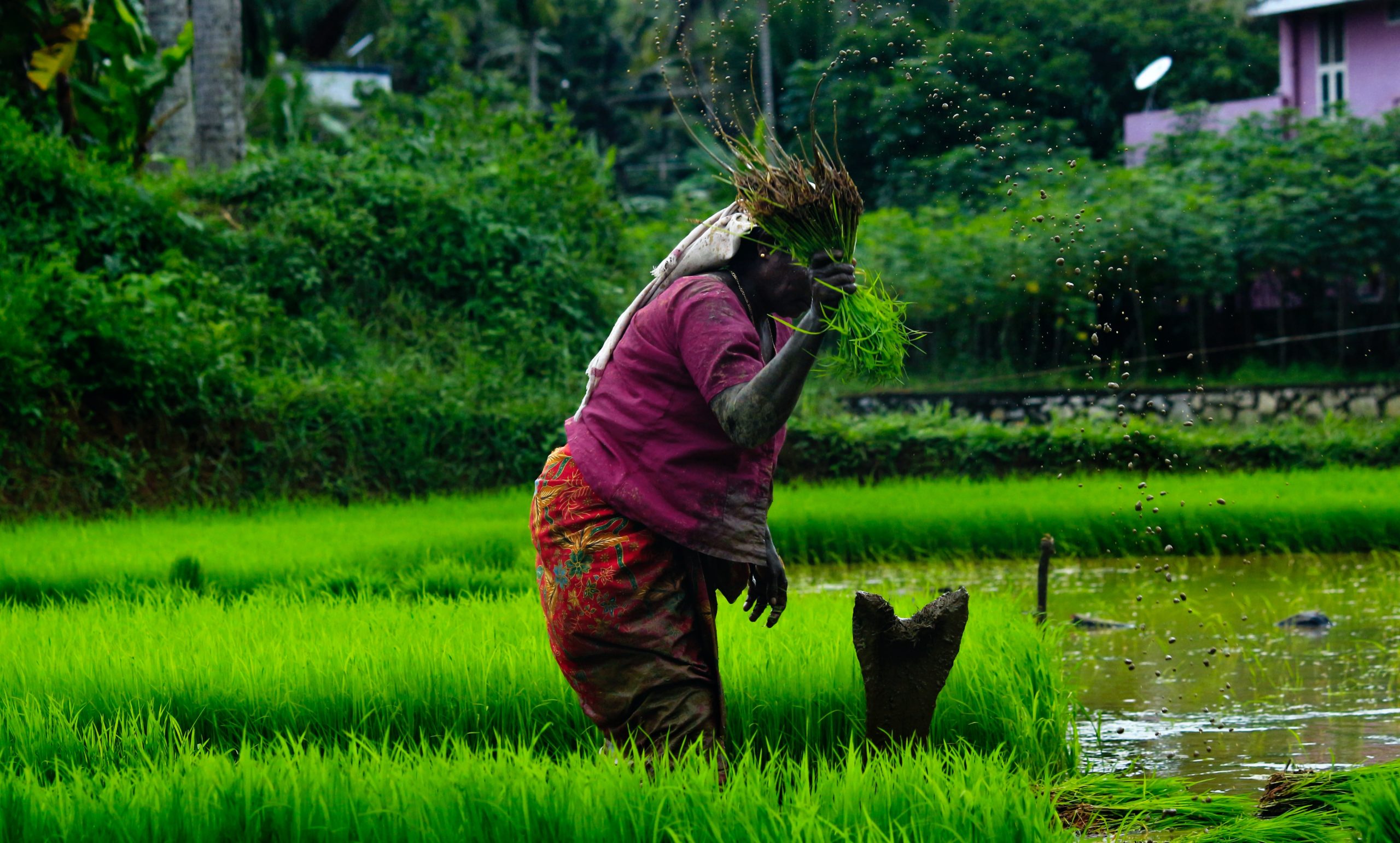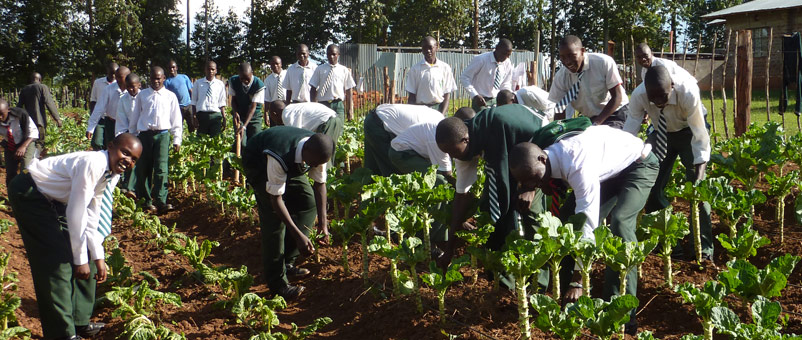In his 1970 Nobel Lecture, Dr. Borlaug said, “There are no miracles in agriculture production.”
There are, however, what we call FoodShots, or MoonShots for Better Food – bold advances in science and technology that can bring us closer to achieving a food system that ensures quality nutrition for a growing global population, while protecting local communities, building economic resilience and contributing to ecosystem health and biodiversity.
Like President Kennedy’s Moonshot, these FoodShots are not easy or straightforward to achieve. But when it comes to the future of our planet, and our collective global responsibility to defeat malnutrition, we must act.
So, how do we build on the Borlaug Dialogue, hosted annually by the World Food Prize Foundation, to achieve our audacious goals – harnessing the power of soil to mitigate the impacts of climate change, deploying capital in innovative ways to increase resiliency, ending hunger and malnutrition in all its forms, and building a fairer, more equitable and inclusive food system?
Four key areas of focus for food systems transformation
There is no miracle cure, but there are a few essential ingredients that reverberated throughout this year’s Borlaug Dialogue.
First, we have to recognise the challenges and opportunities (or FoodShots) and articulate a vision for a better future. We have a great starting point. The four roundtables of the Borlaug Dialogue represent key FoodShots – climate change, access to capital, nutrition, and equity – which help create a roadmap for innovating the food and agriculture system.
Importantly, FoodShots are not only about identifying levers for change; we also have to frame these challenges in a way that brings people together and catalyses meaningful action. And just as Dr. Borlaug was first and foremost a scientist, we too believe that science and innovation will drive these FoodShots.
Second, we must collaborate – across and within sectors and geographies. Achieving the FoodShots will require exploration of new partnerships and coalitions of diverse players, along with efforts and contributions from every actor within the food system.
The complexity of the food system requires collective action. We cannot view it in isolation from the challenges of poverty, hunger, biodiversity, and climate change. In fact, innovations and investments in agriculture have enormous positive spillover effects on all of the UN Sustainable Development Goals.
Throughout the Borlaug Dialogue, we heard compelling calls for giving the marginalised a voice, choice and rightful place in shaping their futures. Equity requires collaboration to develop tools and systems that truly fulfill Dr. Borlaug’s promise that food is the “moral right of all who are born into this world.” Equity also means bringing gender-smart investments to women – be they farmers or entrepreneurs.

There is a need to bring gender-smart investments to women, say the authors. Photo credit: Unsplash
Third, we must invest in systems that enable long-term progress. Here again, Dr. Borlaug was prescient in recognising that “if we are to capitalise fully on the past biological accomplishments and realise the prospective accomplishments… there must be far greater investments in research and education in the future than in the past.” We must refocus from short-term gains to those prioritising long-term shared prosperity.
Finally, we must come together with humility and willingness to challenge the status quo. We must embrace new technologies and approaches that can protect natural resources while improving smallholder farmer profitability if we are to make meaningful improvements in nutrition.
This means that some will have to adapt their business models to protect biodiversity while delivering nutrition security. Let us prioritise nutrition per acre rather than yield per acre. Let us rethink our approach to risk – the greatest risk might not be short-term financial loss, but rather long-term degradation of natural resources. And importantly, let us position equity issues centrally to create fair, sustainable and resilient food systems.
A sustainable future requires novel approaches
These fundamental shifts are essential if we are to turn the tide against hunger and malnutrition, avoid ecosystem collapse, mitigate against the devastating effects of climate change, and protect workers throughout the food system from exploitation. Achieving these shifts will require bold, new approaches from government, such as ending subsidies that distort economic incentives, implementing pro-farmer policies for protecting natural resources, and integrating nutrition outcomes into agricultural policies.
Where will we be in 50 years? In large part, that is up to us. This year, we share the sense of urgency to act forcefully and immediately to effect change. When we meet again at next year’s UN Food Systems Summit, we should look back at the Borlaug Dialogue as a catalyst to action and a major step forward in achieving the FoodShots.



